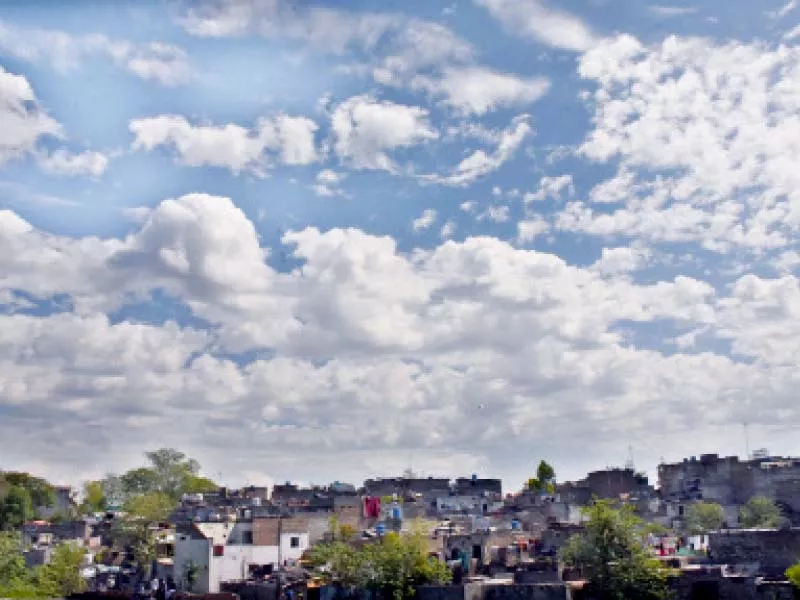Week’s lockdown helps improve capital’s air
EPA official says pollution dropped to record low owing to lack of vehicular emissions
ISLAMABAD: With the federal capital observing a partial lockdown for over a week to contain the novel coronavirus (Covid-19) pandemic, one unintended, positive consequence of that has been a drastic improvement in the air quality of the federal capital.Pakistan Environmental Protection Agency (Pak-EPA) Laboratories Deputy Director Dr Mohsina Zubair told APP on Wednesday that a large number of vehicles plying on the thoroughfares of the federal capital are a major source of air pollution.
"The large fleet buses and vans which service public and private offices, schools, colleges and universities are among the major causes of harmful air pollutants in the air," Dr Zubair said. But with these vehicles off the roads for the past week, the quality of air in the federal capital since Friday has been quite healthy with ambient pollutants far below the permissible limits.
"For the first time in the metropolis, air pollution has fallen to such a low level,” the Pak-EPA official said, adding that at the end of last calendar year, particulate matter of 2.5 microns - that is very hazardous for human health - had been recorded over 92 microgrammes per cubic metres of air (ug/m3).
“That is the highest ever ratio," Dr Zubair said, adding that per the daily EPA air quality report, the hazardous environmental pollutant of 2.5 microns (PM2.5) was now below the permissible limits of the National Environmental Quality Standards (NEQS), dropping to just single-digit values of 4ug/m3 during the day.
The PM2.5 ratio in the air was recorded 16.17 ug/m3 whereas the NEQS allows 35ug/m3. However, PM2.5 was also below the World Health Organization (WHO) 24 hour-mean of 20 microgrammes per cubic metres which was recorded for the first time in the federal capital ever since records of ambient air quality data were kept for the city.
One of the main reasons for this, Dr Zubair explained, was that most of the schools, colleges, universities and offices are shut currently. During the day, when the curfew is relaxed for a few hours, there is minuscule traffic on the roads.
To a question, she said the EPA staff has been divided into two groups to keep the agency functioning with minimum human resource engagement.
EPA staff, she said, was working on rotation and managing all the work at the department. The WHO says air pollution causes a large number of premature deaths every year. PM 2.5 has been found to be hazardous which can penetrate the blood through lungs cells. The daily ambient air quality report by EPA, the 24 hours average ratio of nitrogen dioxide (NO2) and Sulphur dioxide (SO2) was 12.93 microgrammes mg/m³ and 13.3 mg/m³ respectively. Against the respective National Environmental Quality Standards (NEQS) of 80 mg/m³ and 120mg/m³.
The data was recorded by calibrated air quality monitors fixed at particular positions with proper readings. However, concentrations of PM2.5 during the evening times were recorded to be slightly higher, whereas the overall ambient air quality of the federal capital was moderate.
Any other data from any source presenting ambient air quality of Islamabad was neither verified nor approved by the EPA, the report said.
Meanwhile, with the federal capital in the middle of a spring wet spell, the pollen count in the city was recorded at 2,192 per cubic metre of air.
Published in The Express Tribune, April 2nd, 2020.


COMMENTS
Comments are moderated and generally will be posted if they are on-topic and not abusive.
For more information, please see our Comments FAQ